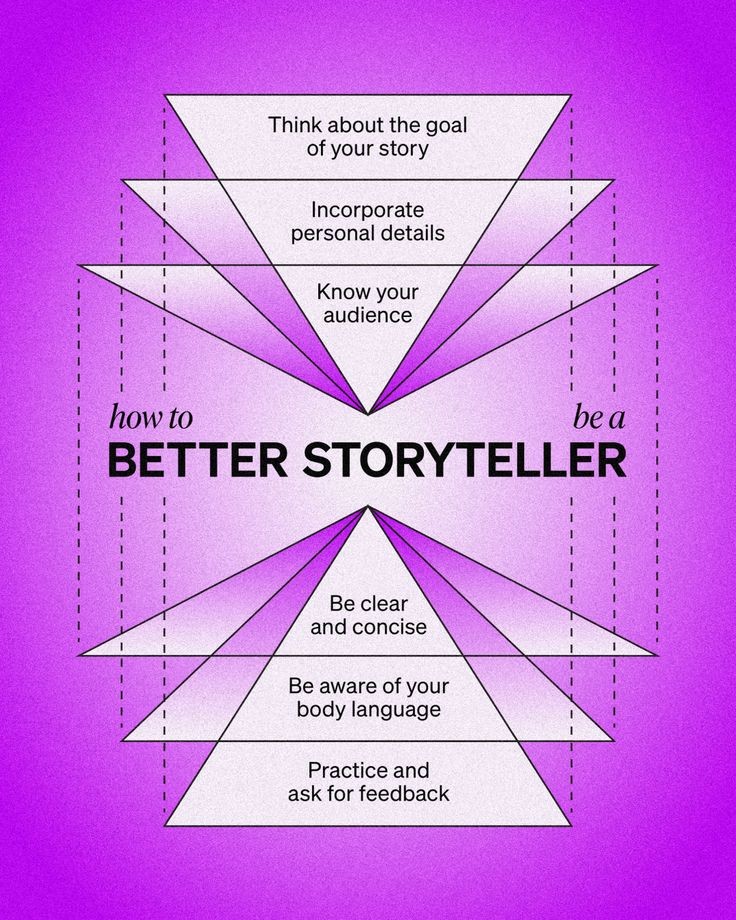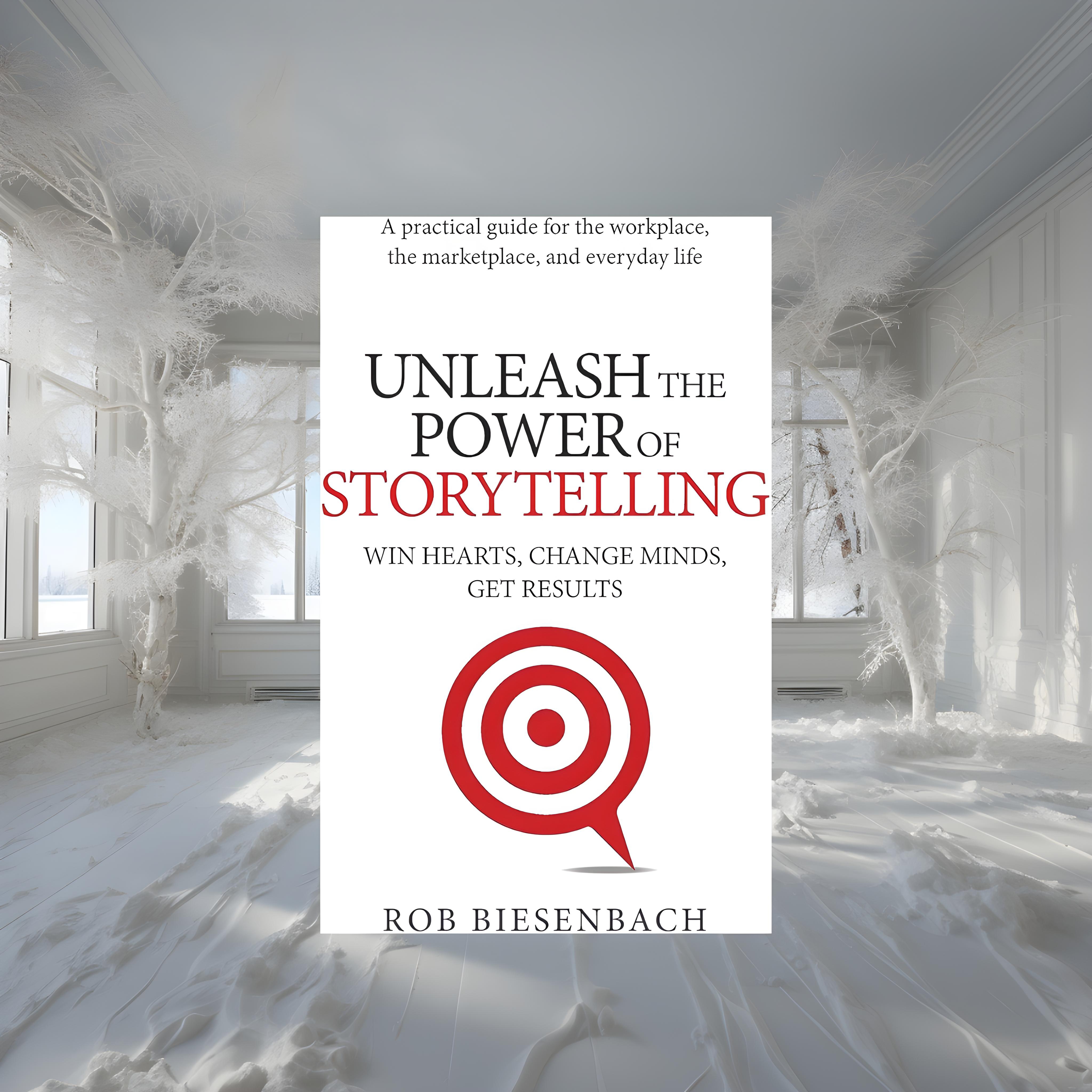Back
Vikas Acharya
Building WelBe| Entr... • 10m
The Art of Storytelling in Marketing Storytelling is an ancient art form that has found a modern home in marketing. Here’s why it's so effective: Emotional Connection: Stories evoke emotions, creating a bond between the brand and the consumer. For example, a narrative about the origins of a family-owned business can stir feelings of trust and loyalty. Memorability: Humans are wired to remember stories better than facts or figures. A well-told story about a product's journey from concept to market can make your brand memorable. Relatability: By sharing stories, brands become relatable entities with human traits. A story about how a product solved a real-life problem for someone can make your audience see themselves in that scenario. Brand Identity: Storytelling helps in crafting a unique brand identity. For instance, a narrative around innovation can position your brand as a leader in technology. Engagement: Stories engage audiences more deeply than straightforward advertising. A tale of adventure or personal growth associated with your product can keep consumers engaged longer. Simplifying Complexity: Complex ideas or products can be made understandable through stories. A narrative about how a tech gadget simplifies life can demystify technology for the average consumer. Value Transmission: Stories are vehicles for transmitting values. A brand that tells stories about sustainability is not just selling a product but a lifestyle or a set of values. Creating Desire: Through storytelling, you can craft a narrative that makes your product desirable by showing its impact in a user's life. A story where your product enhances someone's daily routine can create a desire for that enhancement. Building Trust: Real stories from real customers or the brand's history build trust. A story about overcoming challenges in the production process can humanize your brand, making it trustworthy. Call to Action: Stories can naturally lead to a call to action. After a compelling story about the benefits of your service, inviting the audience to try it out feels like a natural next step. In practice, storytelling in marketing could look like Brand Origin Story: Share the journey of your brand's inception, struggles, and triumphs. This could be through video content, blog posts, or social media campaigns. Customer Stories: Highlight real customer experiences. This could be through case studies, testimonials, or user-generated content campaigns. Product Journey: Tell the story of how your product was conceived, developed, and brought to market, focusing on the innovation or the problem it solves. Cultural Narratives: Align your brand with cultural stories or myths that resonate with your audience, embedding your product within a larger narrative. By weaving these elements into your marketing strategy, storytelling becomes not just a tool but a fundamental part of how your brand communicates, connects, and convinces. This should provide you with a comprehensive view of how storytelling can be utilized effectively in marketing.

More like this
Recommendations from Medial
Akshat Aggarwal
Building Triangles |... • 1y
You can never achieve the right 'Product-Market-Fit". 😬 Here's why: For entrepreneurs, it can often become an obsession with building the perfect product. But hold on a minute... "The truth is, people don't just buy products, they buy stories."
See MoreMayank Kumar
Strategy & Product @... • 1y
The Art of Storytelling in Startup Pitches A compelling story can make or break your startup pitch. Here’s how to master the art: 1. Start with a Hook: Capture attention with a relatable problem. 2. Build a Narrative: Explain how your solution cha
See MoreOnly Buziness
Everything about Mar... • 5m
“Stories That Convert: How to Turn Emotion Into Action with Narrative Marketing” High story conversion is the result of using storytelling to drive not just engagement, but action. It’s where a brand narrative is crafted so well that it moves the au
See MoreVedant SD
Finance Geek | Conte... • 1y
Day 22: The Power of Storytelling for Bangalore Entrepreneurs Content: In Bangalore's vibrant startup scene, captivating storytelling can be a game-changer. Here's why: * Connects with Investors: A compelling story breathes life into your busines
See MoreVivek Joshi
Director & CEO @ Exc... • 3m
Discover the 5 brand storytelling secrets most experts won’t share! 🚀 Beyond buzzwords and frameworks, real brand impact comes from mastering what’s rarely taught: stories live outside your brand, weak touchpoints speak loudest, clarity beats creati
See MoreVedant SD
Finance Geek | Conte... • 1y
Day 57: The Power of Storytelling in the Startup World Storytelling is an essential tool for any startup looking to capture the hearts and minds of its audience. In the bustling startup ecosystem of Bengaluru, a compelling narrative can be the differ
See MoreVivek Joshi
Director & CEO @ Exc... • 4m
🔥 The 5 things no brand coach will tell you about storytelling (but they make or break your business): 1️⃣ Your story isn’t what you tell. It’s what people retell about you. 2️⃣ The weakest touchpoint (bad email, rude reply) shouts louder than your
See More
Download the medial app to read full posts, comements and news.

































